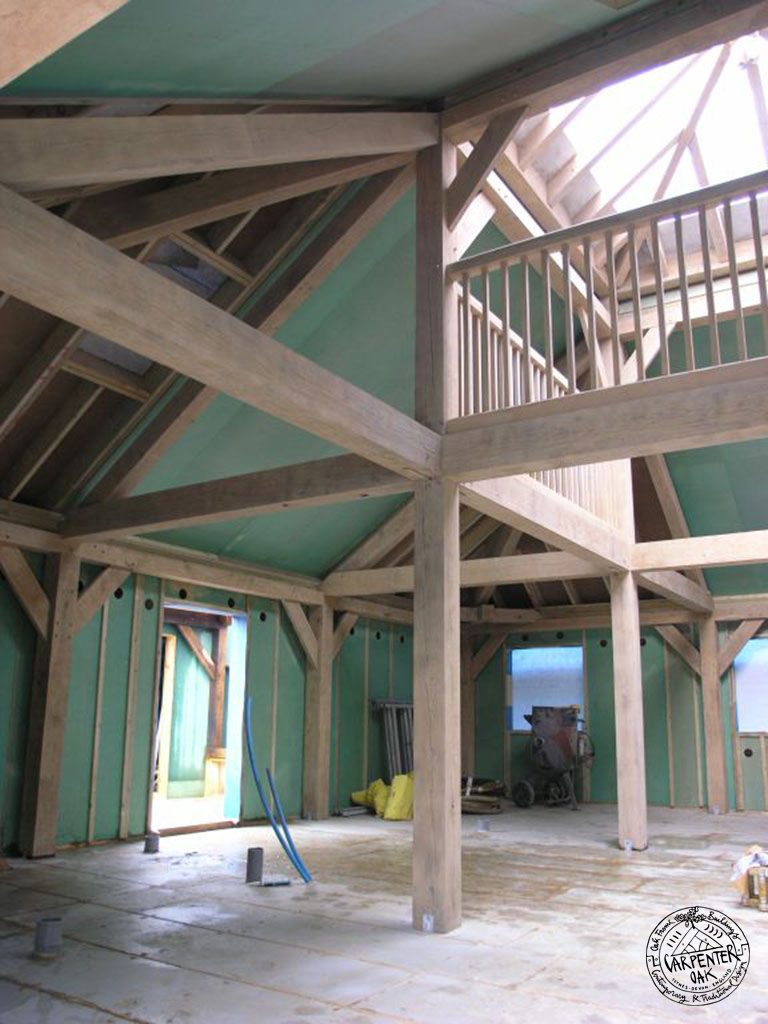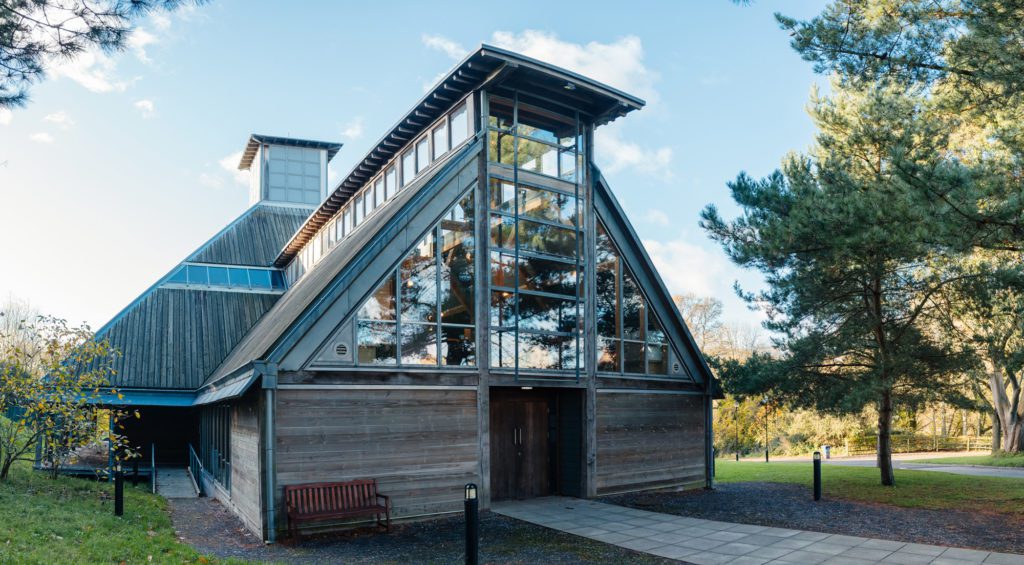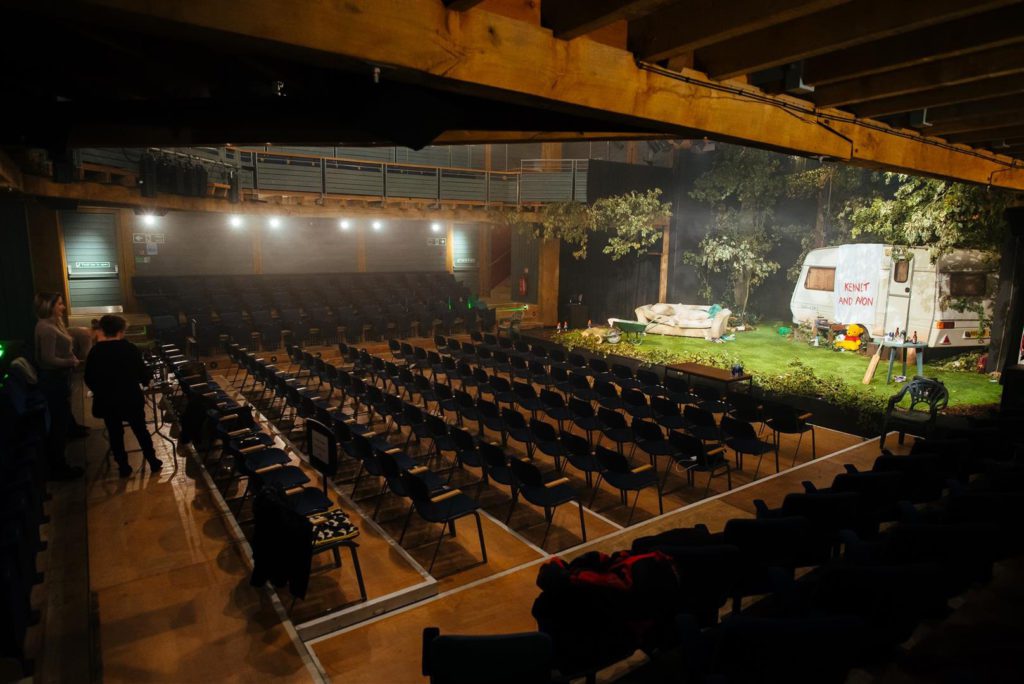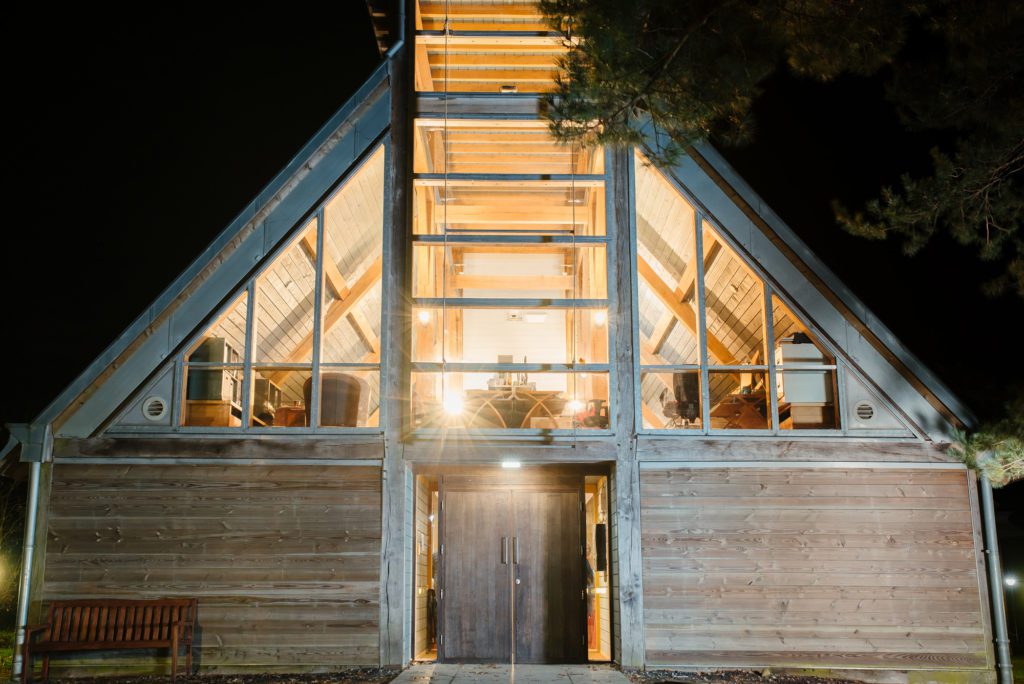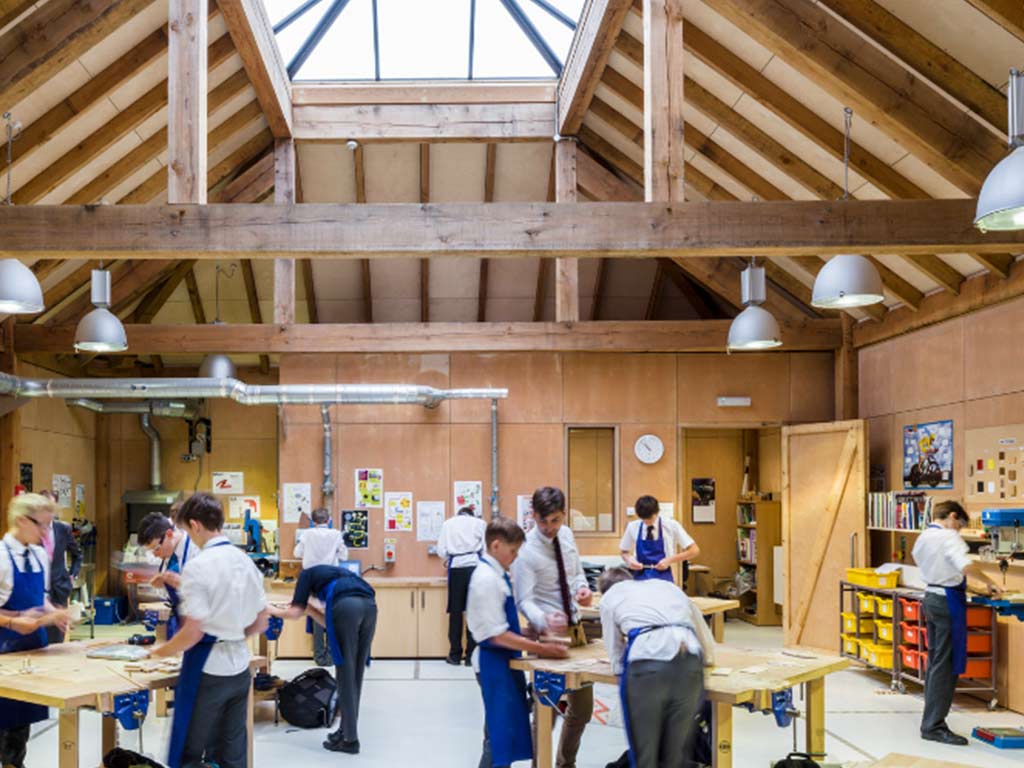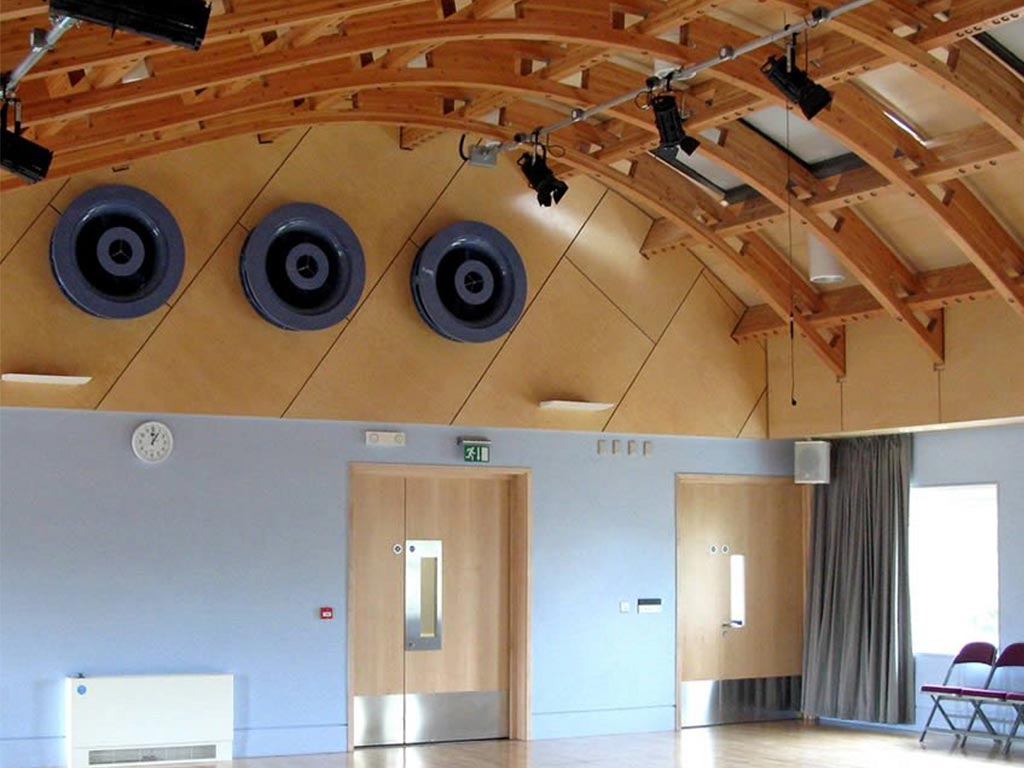Holidays are over and children around the UK and beyond are heading back to their regular school environment. For most, they will return to traditional classrooms, but some will return to a classroom or building designed to enhance their learning environment. These lucky children will enter a space that looks to promote their emotional and physical well-being. A building intended to inspire their creativity and learning, whilst providing comfort in a sustainable and ecological setting. There is an increased use of wood in schools and it is having a positive impact on our children’s learning.
Positive Performance
Studies have shown, that educational settings, built from or containing wooden features can have a direct and positive impact on children’s physical and mental health. An Austrian study by Joanneum Research in 2008 compared a classroom of mainly solid wood materials with a standard classroom. Measurements were taken of the health benefits of 52 children. The study showed that the heart rates of the children in the wooden classroom were significantly reduced. There was a decreased perception of stress and the children were visibly more relaxed. The wooden environment also had a positive impact on their performance.
Healthy Environment
Wood offers a healthy environment in several ways. A natural regulator of humidity, wood has the ability to improve air quality.
Wood naturally deflects and diffuses sound to provide ideal acoustics. Loud, echoey classrooms are less of a problem in wooden settings.
The warmth and texture of the wood create a homely environment. Even unconventional designs have an affinity for nature.
Building Bonuses
Wood, when sourced responsibly, is fully sustainable. It locks away CO2, providing the opportunity for carbon neutral and in some case carbon negative buildings. Locking away more carbon in its structure than used in it’s building.
Building in wood can be quick to erect. Much of the work can be carried out offsite causing less disruption. Reduced build time and less disruption can reduce the overall build costs.
Cross Laminated Timber and Glulam beams make way for endless, innovative and remarkable design possibilities.
Hybrid structures take advantage of the best qualities of each material used. Efficient solutions can be found for complex designs. Hybrid structures are common in large buildings such as schools. Wood works well in a hybrid situation, providing strength and beauty.
Carpenter Oak School Buildings
Carpenter Oak has had the privilege of being involved in several school buildings.
Brockwood Park, Hampshire
Carpenter Oak built four of the seven oak framed pavilions at Brockwood Park . The buildings are interconnected using links to form a sense of community. Children from Brockwood spent time at Carpenter Oak framing yard to learn about the process.
The Olivier Theatre, Bedales, Hampshire
- Bedales
An oak framed theatre in the round the auditorium features a combination of steel and various timbers. The scale of the internal space is far more expansive than a traditionally built timber frame would allow. Balcony fronts are supported by hanging steel rods from the trusses.
St. James School, Design and Technology Building
This award-winning Douglas Fir frame, erected in a week, provides a stunning educational setting. Designed to inspire and evoke an understanding and respect for craftsmanship, the building is home to design and technology students.
Bromwood Hall, Dance Hall, London
A perfect example of how a Glulam timber frame makes the seemingly unachievable possible. A timber engineered roof structure fitted upon an existing Victorian four-storey building. Spanning a large area this ribshell constructed roof provides a practical and aesthetic solution.
